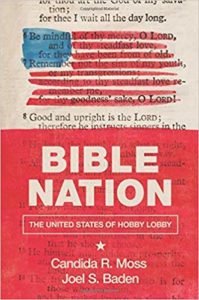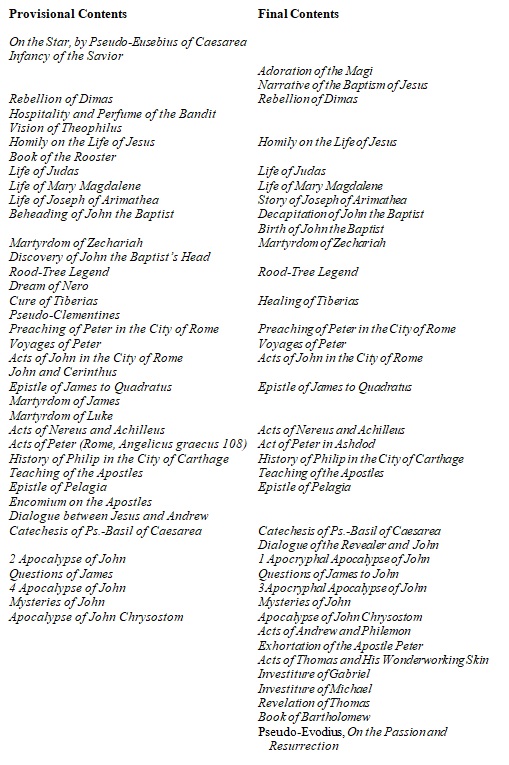Reconstructing a Ninth-Century Arabic Apocrypha Manuscript from Mount Sinai
Though I have a number of important projects in progress at the moment, sometimes I throw them aside for a day or two while I chase down some information about an apocryphal text or manuscript. Yesterday was one of those days. So I don’t lose track of what I’ve learned, I thought I would compile it all in a blog post—and since my last blog pose was in February, I can justify this diversion as necessary for maintaining my social media presence, right?
My morning began by posting the latest entry in NASSCAL’s e-Clavis: the Six-Books Dormition of the Virgin, compiled for us by Alley Kateusz. The 6 Bks. Dorm. is extant in Syriac (CANT 123 and 124), Arabic (140), and Ethiopic (150). The Arabic text was published from a manuscript in Bonn in 1854 by Maximilian Enger (Ionnis Apostoli de Transitu Beatae Mariae Virginis Liber). Enger’s edition includes also a Latin translation, which was translated into French a few years later in Jacques-Paul Migne’s Dictionnaire des Apocryphes. Enger’s text was reprinted in Pilar González Casado’s doctoral thesis (“Las relaciones linguisticas entre el siriaco y el arabe en textos religiosos arabes cristianos”; Universidad Complutense de Madrid, 2013) along with a Spanish translation. So, what is the problem that I needed to solve? Casado states in her introduction that Enger’s source is a ninth-century manuscript from Bryn Mawr College Library (p. 6), but later correctly identifies the source as the manuscript from Bonn (p. 181).
What is …



